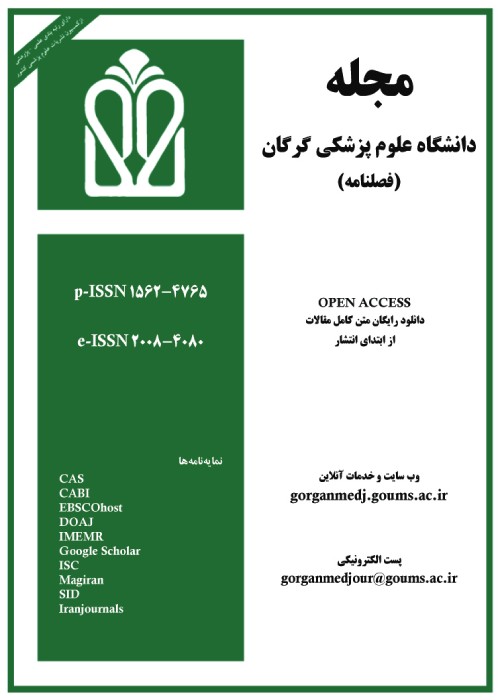The effect of video-based instruction versus demonstration on learning of clinical skills
Author(s):
Abstract:
Background and Objective
One of the most important principles in education is adopting a teaching method in concordance with objectives, contents and learners. Teaching and learning clinical skills is a challenging aspect of education in field of medicine and allied health profession. Some of the new researchers have shown that video-based instruction has many advantages in comparative to others. But in the domain of the psychomotor learning there is not enough evidence to show that video-based instruction is an effective teaching method. The current study has compared students learning in video-based and demonstration methods. Materials and Methods
An experimental study was conducted on 40 first year nursing and midwifery students. The students were randomly assigned to case (N=20) and control (N=20) groups based on the their course. The data were collected from a pre-test, a post-test and a questionnaire for demographic information. Pre-test was given 24 hours prior to the presentation sessions. Then each group has received one skill with video-based and another skill with demonstration. Skills included the dressing changing and surgical hand washing. After 24 hours post-test was taken with previous criteria. The differences between the pre-test and post-test scores were considered as they are at learning level. Results
The overall learning in the demonstration method was higher than the video-based method (P<0.05). However the scores of students in 2 methods was at acceptable level. The scores of students in the cognitive domain of hand washing by the demonstration were 16.20±1.5 and by the video-based method were 15.25±1. The scores of students in the psychomotor domain of hand washing by the demonstration was 16.85±1.4 and by the video-based method was 15.94±1.4 (P<0.05). The scores of students in the cognitive domain of dressing change by the demonstration was 25.60±1.8 and by the video-based method was 15.50±1. The scores of students in the psychomotor domain of dressing change by the demonstration was 16.78±1.3 and with the video-based was 16.12±1 (P<0.05). Conclusion
The results indicated that demonstration method is more effective in the students learning. However, both video-based and demonstration have led to the high level of cognitive and psychomotor learning. It could be concluded that video-based instruction can be an effective method for replacing the demonstration, especially when there is not access to demonstration, in addition according to the findings, video-based education is a effective methods for transporting knowledge, information and other topics in the cognitive domain. Therefore, considering the cost-effectiveness of video-based instruction and its ease of use, this method can facilitate education in where lack of experienced instructors and equipment is most pronounced.Language:
Persian
Published:
Journal of Gorgan University of Medical Sciences, Volume:5 Issue: 2, 2004
Pages:
77 to 82
magiran.com/p233757
دانلود و مطالعه متن این مقاله با یکی از روشهای زیر امکان پذیر است:
اشتراک شخصی
با عضویت و پرداخت آنلاین حق اشتراک یکساله به مبلغ 1,390,000ريال میتوانید 70 عنوان مطلب دانلود کنید!
اشتراک سازمانی
به کتابخانه دانشگاه یا محل کار خود پیشنهاد کنید تا اشتراک سازمانی این پایگاه را برای دسترسی نامحدود همه کاربران به متن مطالب تهیه نمایند!
توجه!
- حق عضویت دریافتی صرف حمایت از نشریات عضو و نگهداری، تکمیل و توسعه مگیران میشود.
- پرداخت حق اشتراک و دانلود مقالات اجازه بازنشر آن در سایر رسانههای چاپی و دیجیتال را به کاربر نمیدهد.
In order to view content subscription is required
Personal subscription
Subscribe magiran.com for 70 € euros via PayPal and download 70 articles during a year.
Organization subscription
Please contact us to subscribe your university or library for unlimited access!


